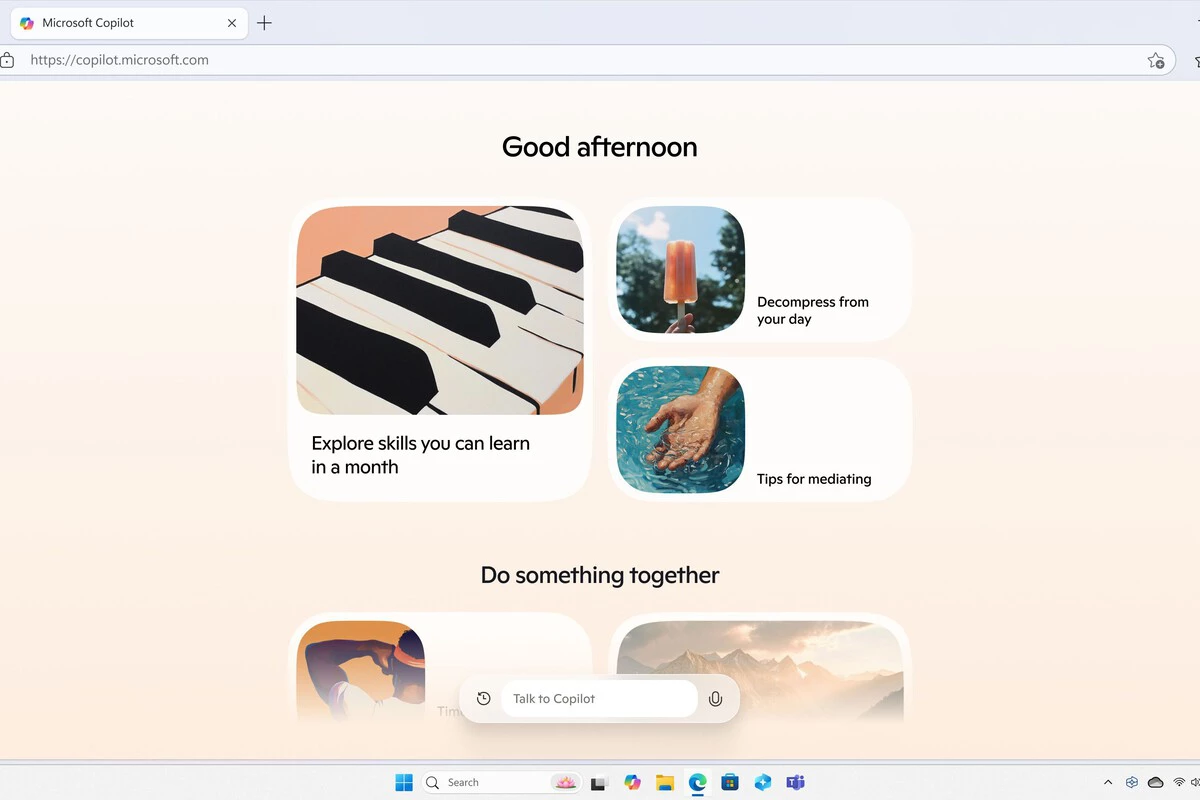Spain recorded its first negative electricity price in early April, when the wholesale market hit -0.01 €/MWh. For its European neighbors, this has become very common.
Sweden Leads in Renewable Energy and Negative Prices
Sweden leads Europe in renewable energy consumption with over 80% of demand. It’s also the country with the most hours of negative electricity prices: 668 between January and May 2024.
France Breaks Personal Records
France has broken its personal record: 308 hours of negative electricity prices between January and August 2024, more than double the 147 recorded throughout 2023.
According to the electricity grid transport operator (RTE), France has had two days this year with a negative average electricity price in the Spot market: April 6 and June 15. It’s the fifth and sixth time this has happened since 2001.
Germany and Netherlands: A Race to the Bottom
This string of records has allowed France to surpass Germany in hours of negative electricity prices for the first time. However, Germany continues to break its own records. In July alone, the German wholesale market recorded 81 hours with an electricity price below 0 cents, more than in any other month this year or last.
Both the French and German records pale in comparison to their Dutch neighbors, who have recorded 347 hours of negative prices between January 1 and August 14, surpassing in the first half of the year the total hours of 2023: 316.
Analysts expect the Netherlands to end the year with between 450 and 550 hours of electricity priced below zero, but projections are between 1000 and 1500 hours per year for 2027 to 2029.

The Success and Failure of Renewable Energy
Wholesale electricity prices turn negative when production exceeds consumption. While electricity demand is growing timidly, prices are set to zero or below zero due to the rapid increase in renewable capacity, which is intermittent and growing at a faster rate than storage capacity.
In Spain’s case, solar energy has been leading the energy mix for four consecutive months, breaking the generation record on July 12 with a production of 211 GWh throughout the day.
In Germany, photovoltaic installations also broke the generation record in July, with a production of 10.3 TWh. That’s 24% more than last year, and 27% of Germany’s net electricity production. Solar and wind together accounted for 45%. Combined with hydroelectric power, renewable energies covered 61% of demand.
The Downside of Negative Prices
Negative prices benefit consumers but are not desirable for the market because they discourage investment. In Spain, the Ministry for Ecological Transition is preparing a reform of the aid system to protect renewable plants from this phenomenon.
In the Netherlands, producers are increasingly avoiding selling at negative daily prices, although a new pricing scheme is helping to keep prices from falling too far below zero.
In July last year, the Netherlands recorded 65 hours at an average price of –51.67 €/MWh. This year, with the new prices, it had 81 negative hours, but with an average price of –22.76 €/MWh. These are temporary patches to a problem that will only be solved with greater flexibility of the grid to respond to demand. That is, with more batteries to store renewable energies.




